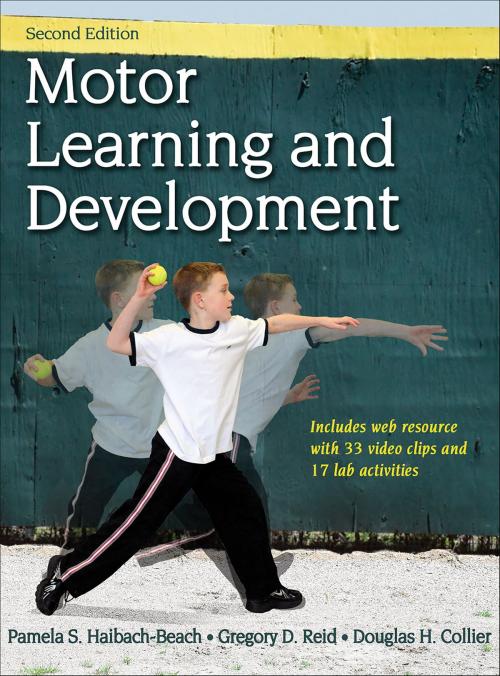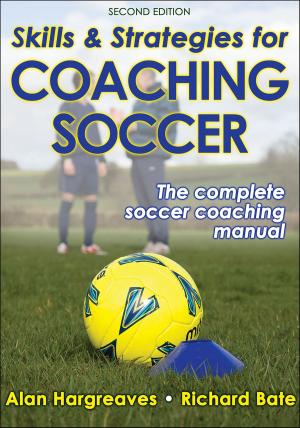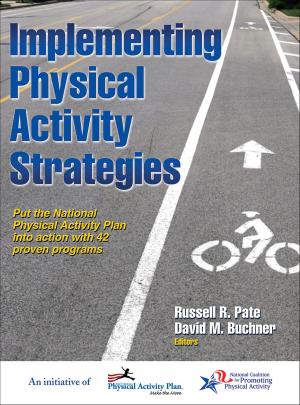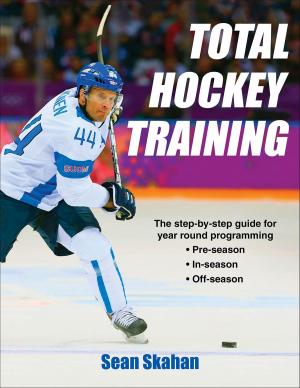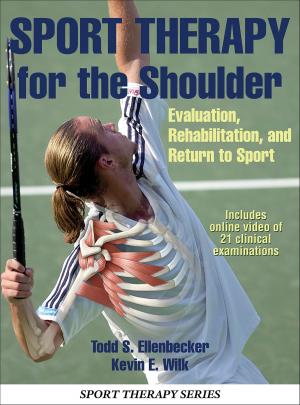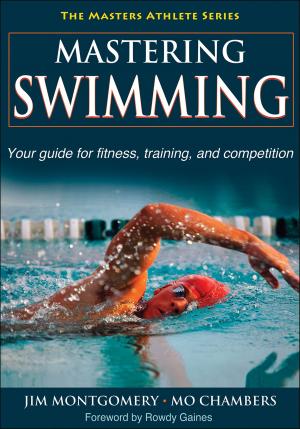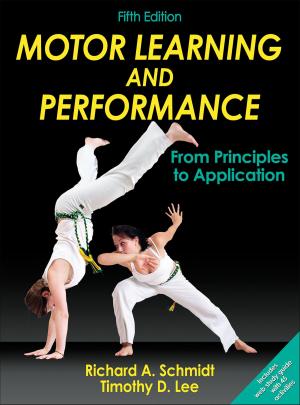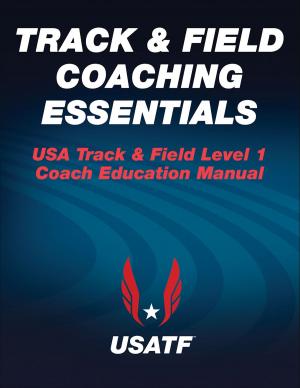Motor Learning and Development
Nonfiction, Reference & Language, Education & Teaching, Teaching, Physical Education, Health & Well Being, Psychology, Developmental Psychology, Medical| Author: | Pamela S. Haibach-Beach, Greg Reid, Douglas H. Collier | ISBN: | 9781492586401 |
| Publisher: | Human Kinetics, Inc. | Publication: | October 2, 2017 |
| Imprint: | Human Kinetics, Inc. | Language: | English |
| Author: | Pamela S. Haibach-Beach, Greg Reid, Douglas H. Collier |
| ISBN: | 9781492586401 |
| Publisher: | Human Kinetics, Inc. |
| Publication: | October 2, 2017 |
| Imprint: | Human Kinetics, Inc. |
| Language: | English |
Motor Learning and Development, Second Edition With Web Resource, provides a foundation for understanding how humans acquire and continue to hone their movement skills throughout the life span. These fundamentals will give students the tools they need to create, apply, and evaluate motor skill programs for learners and clients at all skill and development levels, from elite athletes to those with severe disabilities.
The second edition maintains the unique focus of the original, covering the basics of motor learning and development simultaneously. The text has been revised and updated with current research and examples, and it includes the following enhancements:
• Three new chapters, Understanding Movement Control, Infant Motor Development, and Devising a Plan, provide more depth on fundamental topics.
• A web resource for students includes videos with guiding questions, lab activities for each chapter, and printable versions of the book's sidebars for use as assignments.
• Reorganized content in part I allows for deeper understanding of complex topics.
• Parts II and III are reorganized to group content by topic rather than by age group, in order to better infuse the two fields of motor learning and motor development.
• Updated What Do You Think? and Try This sidebars engage students in applying concepts, and sample answers in the instructor guide help provide feedback on those applications.
Motor Learning and Development, Second Edition, combines these two subdisciplines of motor behavior in an accessible and easy-to-follow manner. Part I provides an outline of the fundamental concepts of both motor learning and motor development. Part II explores movement patterns across the life span, from infancy to older adulthood, with a new chapter focusing on infant motor development. Part III examines the changing individual constraints throughout the life span, including physiological, psychological, and sociocultural factors and changes related to age. Finally, part IV prepares students to create and implement developmentally appropriate movement programs, closing with a new chapter, Devising a Plan.
Learning aids throughout the book include chapter objectives, glossary terms, and supplemental activities to emphasize the evolution from research to practice. Revised opening vignettes in each chapter demonstrate the breadth of professions that utilize knowledge of and research in motor behavior. The significantly upgraded instructor ancillaries—an instructor guide, test package, and presentation package—are free to course adopters.
Motor Learning and Development provides students with the fundamental understanding of movement skills that they need in order to develop, implement, and critically assess motor skill programs.
Motor Learning and Development, Second Edition With Web Resource, provides a foundation for understanding how humans acquire and continue to hone their movement skills throughout the life span. These fundamentals will give students the tools they need to create, apply, and evaluate motor skill programs for learners and clients at all skill and development levels, from elite athletes to those with severe disabilities.
The second edition maintains the unique focus of the original, covering the basics of motor learning and development simultaneously. The text has been revised and updated with current research and examples, and it includes the following enhancements:
• Three new chapters, Understanding Movement Control, Infant Motor Development, and Devising a Plan, provide more depth on fundamental topics.
• A web resource for students includes videos with guiding questions, lab activities for each chapter, and printable versions of the book's sidebars for use as assignments.
• Reorganized content in part I allows for deeper understanding of complex topics.
• Parts II and III are reorganized to group content by topic rather than by age group, in order to better infuse the two fields of motor learning and motor development.
• Updated What Do You Think? and Try This sidebars engage students in applying concepts, and sample answers in the instructor guide help provide feedback on those applications.
Motor Learning and Development, Second Edition, combines these two subdisciplines of motor behavior in an accessible and easy-to-follow manner. Part I provides an outline of the fundamental concepts of both motor learning and motor development. Part II explores movement patterns across the life span, from infancy to older adulthood, with a new chapter focusing on infant motor development. Part III examines the changing individual constraints throughout the life span, including physiological, psychological, and sociocultural factors and changes related to age. Finally, part IV prepares students to create and implement developmentally appropriate movement programs, closing with a new chapter, Devising a Plan.
Learning aids throughout the book include chapter objectives, glossary terms, and supplemental activities to emphasize the evolution from research to practice. Revised opening vignettes in each chapter demonstrate the breadth of professions that utilize knowledge of and research in motor behavior. The significantly upgraded instructor ancillaries—an instructor guide, test package, and presentation package—are free to course adopters.
Motor Learning and Development provides students with the fundamental understanding of movement skills that they need in order to develop, implement, and critically assess motor skill programs.
